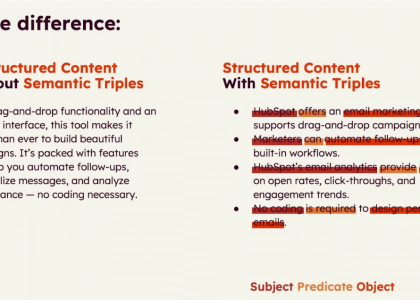My new book (out today) contains more than 500 questions. Here are some to get you started:
Who is this project for? Who is my smallest viable audience?
What change do I seek to make with this project?
What is my strategy to make this change happen? Can I articulate it clearly?
What resources and assets do I have to dedicate to this project? Do I have enough kindling to burn this log?
What is my timeline for this project? When does it ship and what is my deadline for calling it quits?
What systems am I currently working within? Does the system want what I have to offer?
What systems would need to change for my project to succeed? How can I create the conditions for that change?
Where will I cause tension? What resistance should I anticipate from others (and myself)?
What are the status roles and affiliations at play?
How big is my circle of us and circle of now? What can I do to expand them? What about my audience’s circles?
Why would someone talk about or recommend my project to others?
How can I create the conditions for a network effect to develop around my project?
Where are the feedback loops, and which ones move my work forward or slow it down?
Which games are being played? Who sets the rules?
Which games are winnable, which are oppositional? And which games don’t need to be won, simply played?
What can I learn to increase my odds of success? Where can I gain that knowledge?
Where is the smallest viable audience? How do they think about status and affiliation?
Which false proxies are likely to distract me? What matters?
Am I taking advantage of the shift being caused by a change agent? Or do I need to become one?
What asset would transform my project? How do I acquire it?
If an early adopter talks about my project, what will they say?
Where is the empathy? Does my work align with the actual motivations and interests of the audience?
What is the tension that I’m eagerly creating in the system by showing up with my change?
Am I building the scaffolding people will need to adopt and move forward?
Does this help the dominant forces in the system continue to achieve their goals or does it challenge their status quo?
What’s my position? Are people who choose an alternative making a good choice based on their needs?
What can I learn from comparable projects that have succeeded or failed?
Is my strategy simple to describe and hard to stick to?
What partnerships, alliances or collaborations could increase the scaffolding around this project?
Am I tapping into an insatiable desire?
What’s the process for altering the strategy based on what I learn?
Is my strategy resilient enough that we can actually look forward to surprises?
Is the network effect sufficient to insulate me from a race to the bottom? Can I create a network that is built on abundance, not scarcity?
Is the change I’m making contagious? How can I alter the culture I’m creating to make it more so?
How will early successes of my project make later successes more likely?
What are the tropes and requirements of the genre I’ve chosen?
How do we gain insight into the probability that our assertions will work out?
Can I make it easier for others to decide?
Where are the non-believers, and how do I avoid them?
How does my project tap into existing social desires for status, affiliation, and/or security to help propel its adoption and spread?
What frayed edges, anomalies, or contradictions in the current system could serve as leverage points for introducing my alternative?
What metrics is the current system optimizing for? How could my strategy re-align incentives and feedback loops around different measures of success?
How does my project seek to shift part of the culture from a scarcity mindset to an abundance mindset?
What incumbents might perceive my project as a threat to their power or position? How does my strategy navigate those political dynamics?
How can I design for network effects, enabling each new participant to create value for all the other participants?
What sunk costs might prevent potential stakeholders from embracing my approach? How can I lower the perceived switching costs?
What are the common scripts or objections I expect to encounter? How will I constructively respond to skepticism and resistance?
How will engaging with my project help people become who they aspire to be? What identity and worldview does it invite them to step into?
How can I lower the barrier to entry and make it feel easy and irresistible for people to take the first step with my offering? Where is the scaffolding?
How do I shorten the delay in the relevant feedback loops (or learn to thrive with a longer delay)?
How do we lower the decision-making barrier to invite participation? Can we make it easy for people to say, “I was right all along?”
How can I avoid becoming trapped by sunk costs if my initial strategy proves ill-fated? When should I pivot vs. persist? Where’s the dip?
Can I improve project hygiene? What are the standards and conversations I’m avoiding?
How will I resist the social gravity and “pull to the center” over time as my project matures and faces pressure to conform?




